C&S 60 on a standard gauge flatcar-why?
123



















123
C&S 60 on a standard gauge flatcar-why?
|
I'm doing a little research on C&S 60 and her journey to display in Idaho Springs. There is a photo showing the engine all spiffed up for display in Denver on a standard gauge CB&Q flatcar outside what I assume to be the C&S Denver shops. Since there were still narrow gauge tracks in town (I think), why was she on this flatcar? Would the engine have been shipped out of town for renovation? From everything I've found the C&S pulled off all the servicing and painting in roughly 5-6 days before getting the loco to Idaho Springs, so the engine couldn't have gone far.
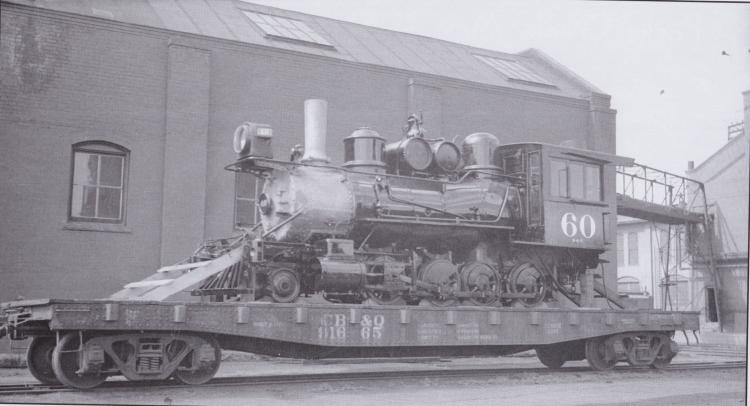 Also, in May of 1941 when it was decided to use 60 as the display locomotive, does anyone know where she was? Wasn't No. 60 stationed in Leadville still? Or was the engine based in Denver at this point? Any insights would be great. Thanks! Kurt |
|
I has assumed she had been completed and was ready for shipment.
|
Re: C&S 60 on a standard gauge flatcar-why?
|
But the question is where is she being shipped to or from? Brownie Anderson listed in his time book that he deadheaded 60 from Denver to Golden (where the scrapper Rube Morris would pick her up to take her to Idaho Springs). I would assume that meant the engine was towed on the narrow gauge. If that's the case, there would be no need for it to be on a standard gauge flatcar for the trip to Golden, unless it was hauled on the third rail to Golden, but why would Anderson call that a "deadhead"?
|
Re: C&S 60 on a standard gauge flatcar-why?
|
Kurt, the repairs were made at the Burlington shops (located west of I25 and north of I70 in current speak). There was no 3rd rail between 7th Street and the Burlington backstop, so locomotives were shipped on a flat car. You will find a similar photo of 346 after the Kenosha incident: 346 was repaired here too, and 537 may have made 5he trip as well. Why the final paint on 60 was not performed at 7th Street, I do not know.
Keith Hayes
Leadville in Sn3 |
Re: C&S 60 on a standard gauge flatcar-why?
|
Thanks, Keith. That helps a lot. When you wrote "Why the final paint on 60 was not performed at 7th Street, I do not know" did you mean that the paint job was done at the C&S shop while the repair work was done at the Burlington shop?
|
Re: C&S 60 on a standard gauge flatcar-why?
|
"Why the final paint on 60 was not performed at 7th Street, I do not know"
There was a deep personal rift between Burlington shop Supt. Dick Payne and Cyril Duetzenhammer over at 7th Street. Many altercations were had between the two before both met their end during the Nutmeg Incident. 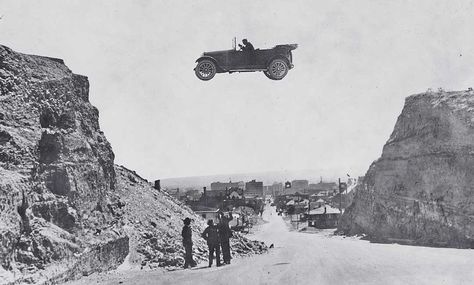
"Duty above all else except Honor"
|
Re: C&S 60 on a standard gauge flatcar-why?
|
Administrator
|
This post was updated on .
In reply to this post by Kurt Maechner
Kurt, you are making the assumption that the #60 is "spiffed up for display". Why are you thinking that? What is the source of this picture? Is there a date? Who was the photographer? This stuff drives me nuts.
If I were to hazard a guess, this is more likely taken in 1936 after #60 was overhauled at (and let's get this straightened out here) the Joint Shops in Denver. It was called the Joint Shops because the Q locomotives were also serviced and overhauled there, but make no mistake, it was the old C&S shops. #60's career as the Leadville Switcher was cut short in 1936 because the old girl was due for shopping, but it was placed into helper service and also spent time as the emergency Passenger engine in Como until after abandonment. Then it saw limited service on the Clear Creek Branch, but not often. It appears to have gone unnoticed that the snowplow is absent in this photo, so it is not being shipped to Golden or anywhere else for immediate transport to Idaho Springs. I can understand how this could be confusing, but my money is on this being a 1936 photo as #60 was entering the last phase of her active life. And I say this without knowing anything about where you found this or whatever the caption says it is. Lastly, I wouldn't doubt that Brownie Anderson or someone else claims he doubleheaded the train to Golden, but what may have happened is he towed #60 and Coach #70 to Golden. Because for certain, #60 was not under steam. Also, it seems odd that Brownie would have been called for that, as he wasn't on the Call Board in Denver. That's not to say he wasn't there, but "just sayin'." I believe #71 was donated to Central City in April, 1941, just a month before #60 was delivered to Idaho Springs. My guess would be that #60 was also hauled to Blackhawk and carried to Idaho Springs just as #71 had been a month earlier to Central City. I don't think the scrappers had started on the Clear Creek Branch before May, 1941, and it doesn't make sense that they would have trucked it from Denver. I could be wrong about this, but be careful, about your sources. One of the easiest ways to go in a ditch while researching material is to put too much faith on a photo caption. OK, another "lastly".... Let's assume that Brownie was right that #60 was taken from Golden by the scrapper to Idaho Springs where it was placed on display. The engine and coach were hauled, towed, dead behind #69. Brownie's sense of humor is in play here. I believe both #60 and Brownie "Deadheaded" to Golden, because both were "off the clock". Brownie may have been under contract to the scrapper, but contractors to the scrapper aren't going to be operating a train on C&S trackage to Golden. Brownie would have been very helpful on the operation because he would know all about taking the tender off the locomotive, and other things to help load in Golden, unload and properly set the equipment on rails in Idaho Springs. Deadheading is traveling to one place from another not on the active crew. All movements over C&S trackage would have been done by one of the East End locomotive crews. Brownie had been a West End guy out of Como. So, that probably covers that, but that photo isn't 1941. I believe it was taken at the Joint Shops, and is being transferred to the C&S Roundhouse, where it will be put back together, cinder catcher set in place, and set out in helper rotation on the mainline. I'm sure the third rail remained in place to Golden until scrapping operations were completed. Weird things sometimes happen, and can easily be misinterpreted. Maybe this will help, or, maybe not. But I still think that's a 1936 photo. |
Re: C&S 60 on a standard gauge flatcar-why?
|
thanks Mike, I was puzzled by the missing snowplow!
John
John Greenly
Lansing, NY |
Re: C&S 60 on a standard gauge flatcar-why?
|
This post was updated on .
Good points, Mike,
Here's what I know based on Daniel Edwards' documents from the era (and some 1941 documents in the Klingers' Clear Creek book). The decision to appease the tax debt owed by the C&S by supplying a display train was decided Tuesday, May 6, 1941. Robert Rice gives the go ahead, Wednesday May 7th. On Saturday May 10, Rube Morris, the man contracted to scrap the line from Idaho Springs to Golden is paid $75 to haul the display train when it is ready. On Monday, May 12 Brownie Anderson notes in his timebook that 60 and 70 deadheaded from Denver to Golden. Tuesday, May 13th, Rube Morris pulls the display train with No. 69 (the engine he is using to scrap the line) and deposits it at an agreed-upon spot south of town (Idaho Springs) "in front of the Conoco service station." The display train arrives in the evening. The photo is from the Klingers' book. I need to see the caption. It's also on the Denver Public Library Collection site. I need to check if there is a caption there. |
Re: C&S 60 on a standard gauge flatcar-why?
|
This post was updated on .
Here is the display train on the way to Idaho Springs with the snowplow attached.
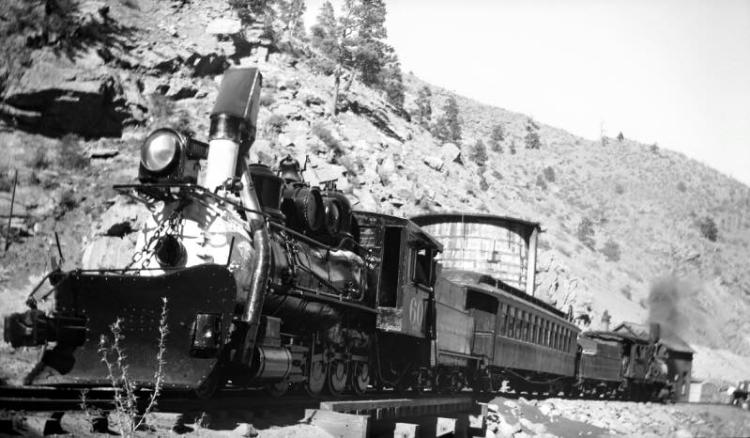 Another difference. The "60" on the smoke box is visible in first photo (the one in question). However, in the photo above it does not appear visible. |
Re: C&S 60 on a standard gauge flatcar-why?
|
This post was updated on .
CONTENTS DELETED
The author has deleted this message.
|
Re: C&S 60 on a standard gauge flatcar-why?
|
In reply to this post by Mike Trent
Mike,
the photo resides in the DPL. Attributed to Bob Richardson https://digital.denverlibrary.org/digital/collection/p15330coll22/id/76860/rec/1
UpSideDownC
in New Zealand |
Re: C&S 60 on a standard gauge flatcar-why?
|
In reply to this post by Kurt Maechner
Please use the EDIT feature Kurt, as to the '41 photo, to which are you referring to? The "60" is visible in the DPL Engine on Flat photo.
UpSideDownC
in New Zealand |
Re: C&S 60 on a standard gauge flatcar-why?
|
Can anyone identify the location of the watertank in the photo of the display train?
|
Re: C&S 60 on a standard gauge flatcar-why?
Elk Creek.
UpSideDownC
in New Zealand |
Re: C&S 60 on a standard gauge flatcar-why?
|
Administrator
|
In reply to this post by Chris Walker
Not 1941. Probably from his collection. Misidentified. Stuff happens. This is a mistake.
|
Re: C&S 60 on a standard gauge flatcar-why?
|
Mike,
I feel you are correct, R.R. was back East before the US got involved in WW2, so unless he got lucky, on a trip to Colorado..... That CB&Q flatcar carries a stenciled date of 3 35, the repacked data at the end of the flat is blurry, shows no cleaner updated stencil standing out in fresher paint. There are several photos of #60 pre display to I.S. minus the Plow and in fresh paint 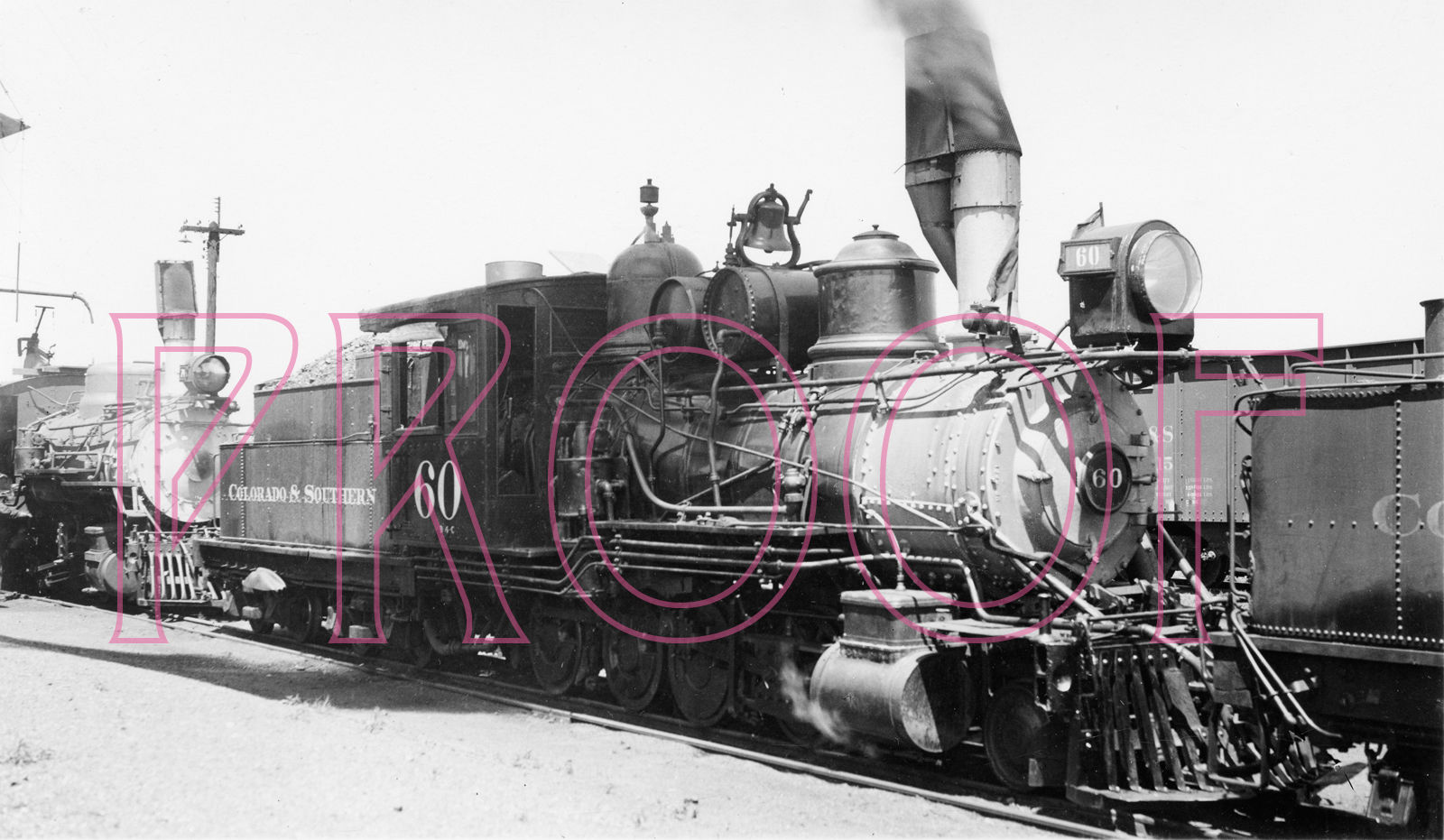 and several photographers such as Maxwell, Kindig and Wolle all shot the #60 after placement on the new Riverside Drive in 1941. None of the 1941 images at I.S. nor David S. Digerness' image of the #60 at Elk Creek have the 60 visible on the smokebox plate which in itself is fresh Black. DPL. X-3488  
UpSideDownC
in New Zealand |
Re: C&S 60 on a standard gauge flatcar-why?
|
Administrator
|
Thanks, Chris.
The reason the number plate is painted black with no number is that something inside the door was broken and the plate could not be prevented from turning. So they left it black to keep it from being a problem. It was still like that when we painted it in the 80's, although it had the number stuck on there since the guys from the shops in Denver put it on when they dressed it up in about 1960 using Burlington lettering. I believe it has since been secured. |
Re: C&S 60 on a standard gauge flatcar-why?
This photo from July 1981 (the year before we painted it) shows how the number plate had been rotated after the number was applied. 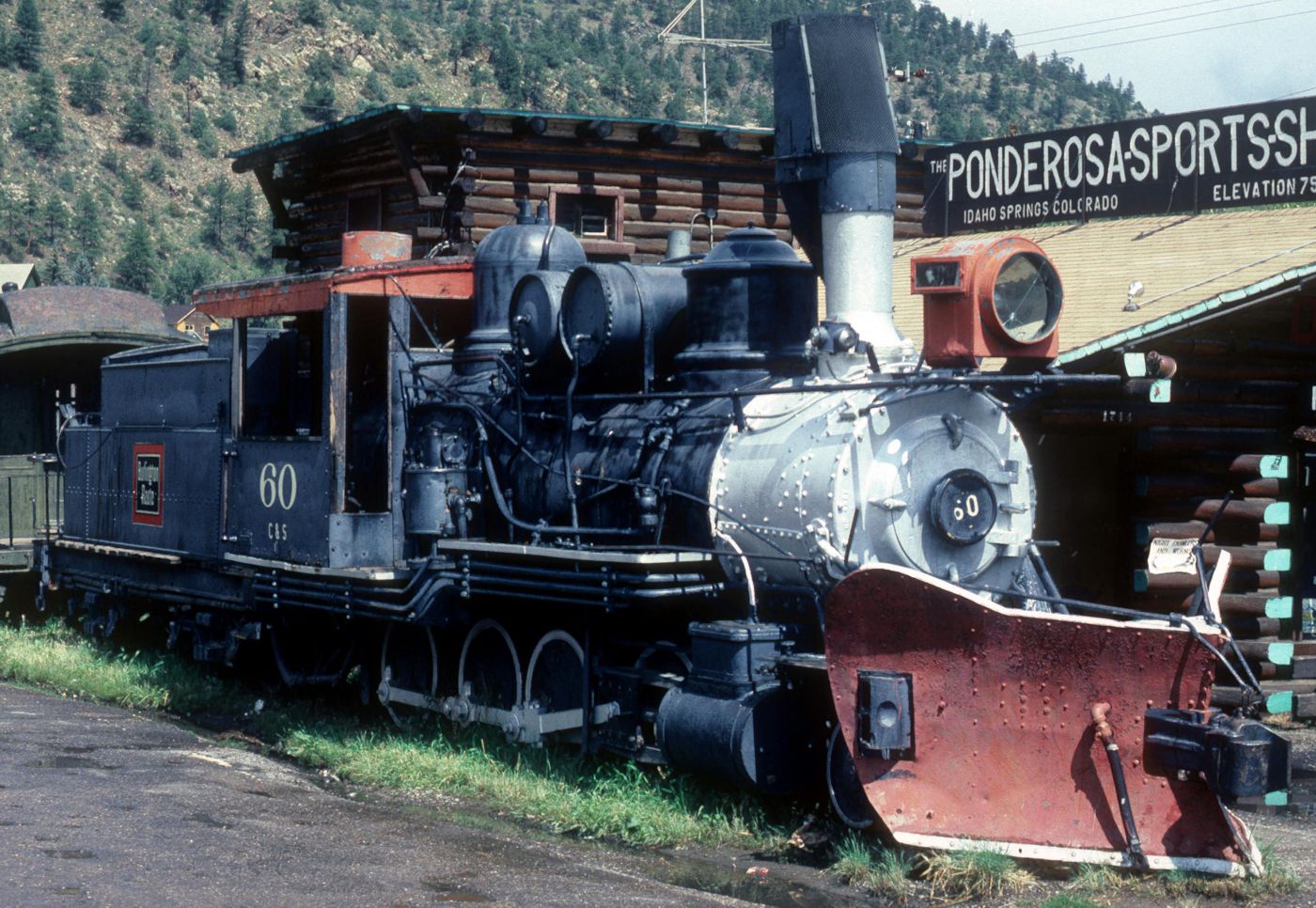
|
Re: C&S 60 on a standard gauge flatcar-why?
|
Administrator
|
This post was updated on .
In reply to this post by Chris Walker
Ah, Elk Creek. So, it's safe to assume that #60 was pushed (not pulled) to Blackhawk by #69? Good to know. I'm not sure I ever knew that.
|
«
Return to C&Sng Discussion Forum
|
1 view|%1 views
| Free forum by Nabble | Edit this page |

